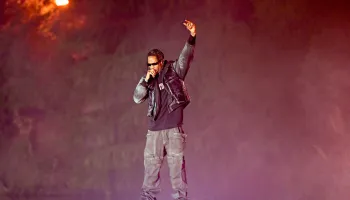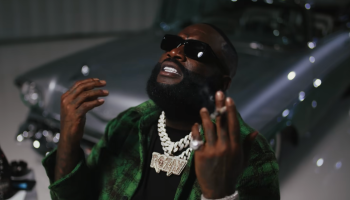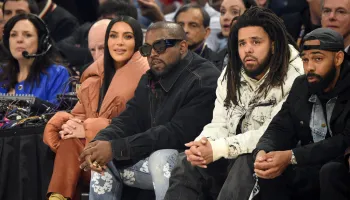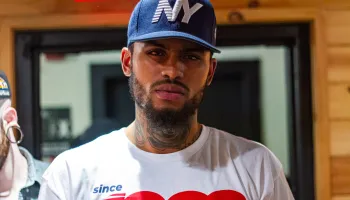The same was true in Rap where the old school MCs that rocked the park jams, school gyms, CYO’s, PAL’s and even the clubs would meet their match at the hands of younger more dynamic and lyrical MCs. The New School rappers eventually eclipsed the Old School evarieties. It was essentially like Darwin’s Theory Of Evolution meets a Shaw Brothers Kung Fu film.
Rap music is an urban music form in addition to starting out as a youth culture. Young people typically develop their sense of taste or preferences in music, art and film or begin to assert their individuality between the ages of 9 and 13. Incidentally, in urban music, a new generation or wave happens every 3 to 5 years. Black music became album based between 1967 and 1968, around the same time graffiti first spread throughout New York City.
In the summer of 1973, Hip Hop culture had it’s beginnings in the Bronx, NY. In Fall 1979, Rap music went national thanks to Sugar Hill Records in Englewood, NJ . By 1984, Rap went mainstream thanks to several Hollywood films and the success of Run-DMC’s debut album. Between Rap’s introduction and it going mainstream there were two distinct Rap generations in that five year span that split into two factions; the Old School and New School.
As the speed of communications technology got progressively faster, the generation gap between Rap fans ultimately became a chasm.
The Old Schoolers that came up performing at block parties, jams, school gyms and moved their way up to clubs resented those that recorded and made LP’s before them since they’d paid their dues. They really resented the New Schoolers who didn’t spend years honing their craft in the same fashion they had to, yet were eclipsing their popularity.
In turn, a generation of kids that were the new Rap audience didn’t remember a time before records when they had to rely strictly on secondhand tapes from jams. To them the so-called “New School” and “Old School” was indistinguishable, they just preferred some Rap groups and MCs to others for various reasons. Rap had new “generations” every three to five years that forced many emcees and groups to tap out because they couldn’t compete with the new breed of rappers, emcees and producers or adapt to the new Rap terrain following the newest innovations, technologies, techniques or style evolutions.
When Rap/Hip-Hop were still considered “youth culture” it made sense that teenagers were capable of making classics so the young lions could actually best the old lions and usurp them. It isn’t much different from when new skateboarding tricks sprung up in the mid to late 80’s that forced several previous generations of pro skateboarders out of competitions who weren’t capable of frequently landing them. If you typically begin paying real attention to music between the ages of 9 to 13, this is likely when you began your personal journey as a Rap fan.
CONTINUED ON NEXT PAGE















